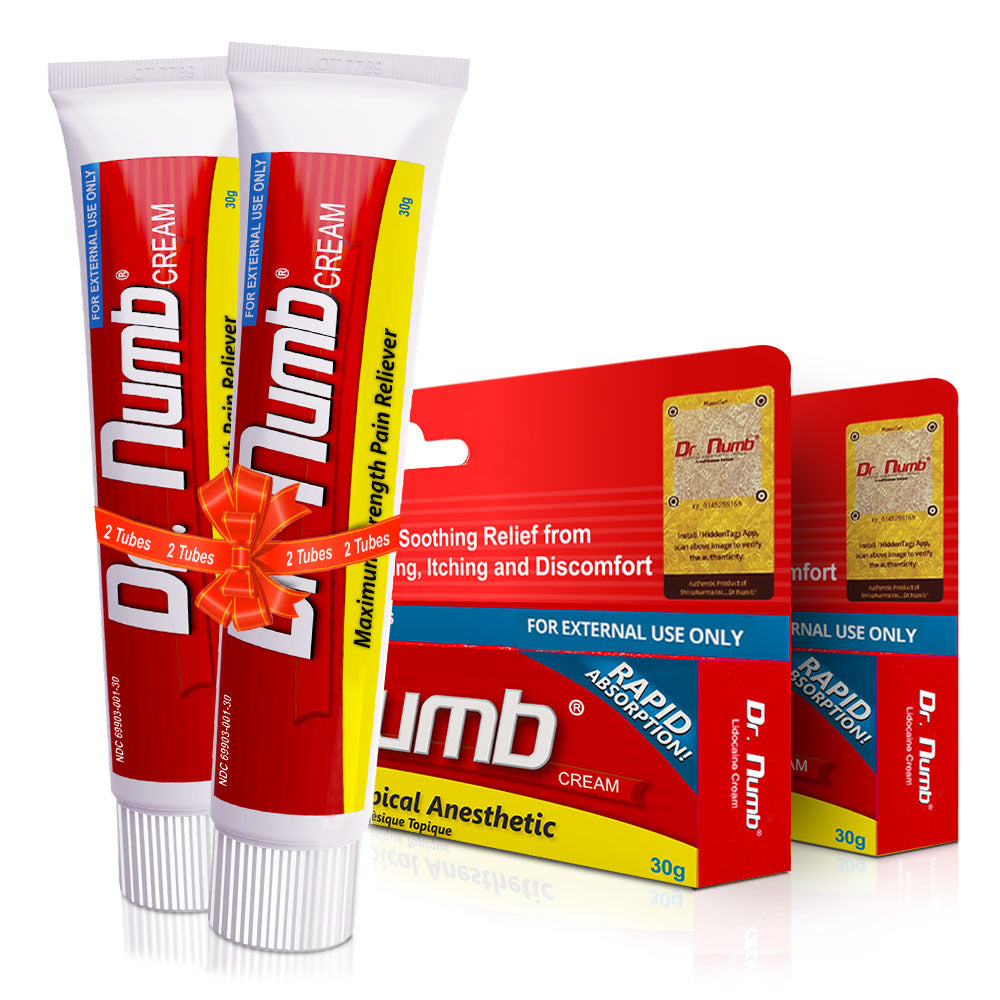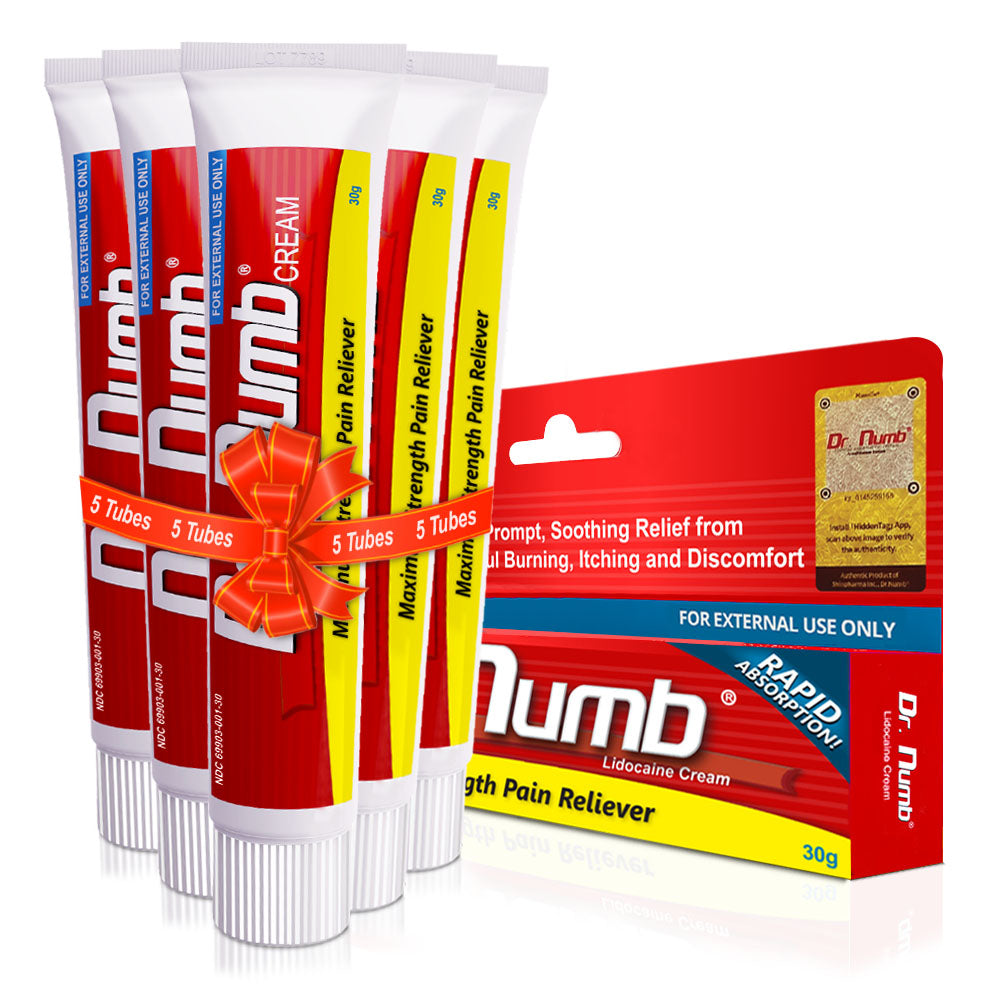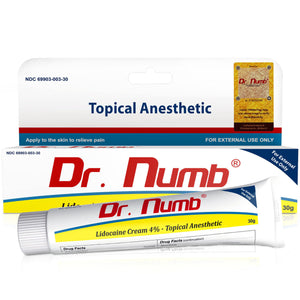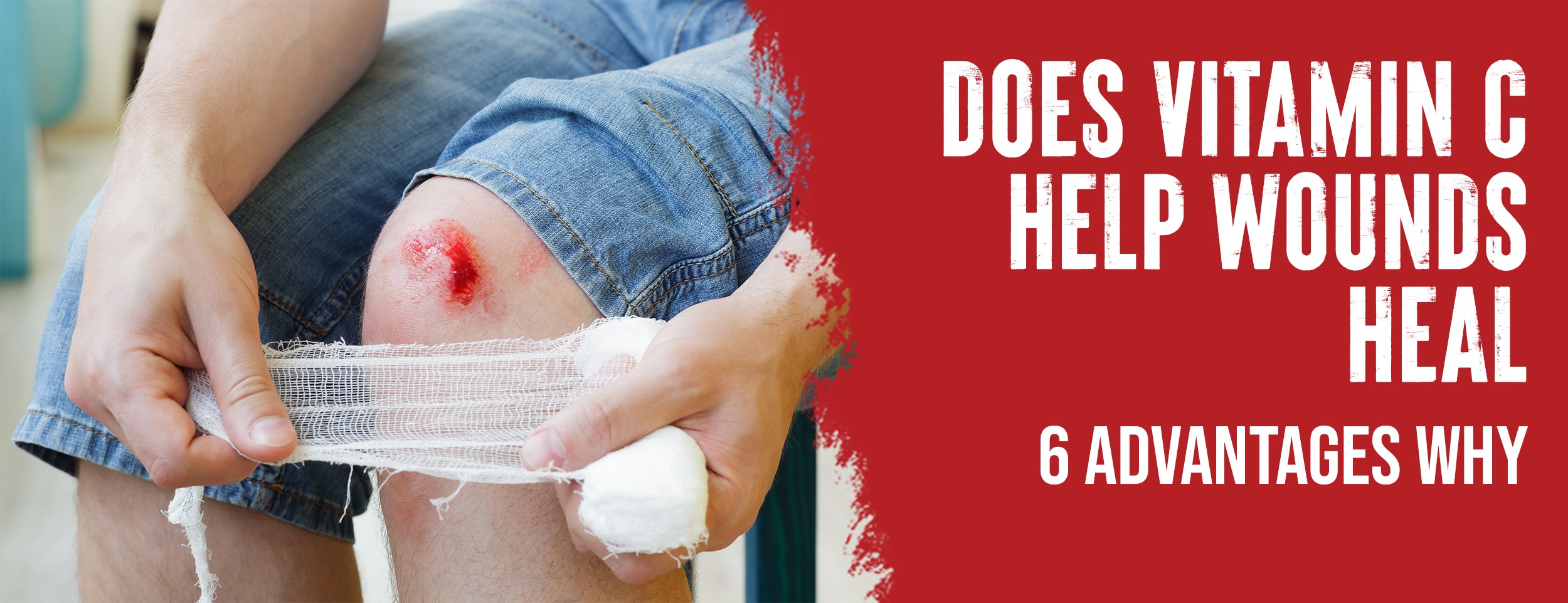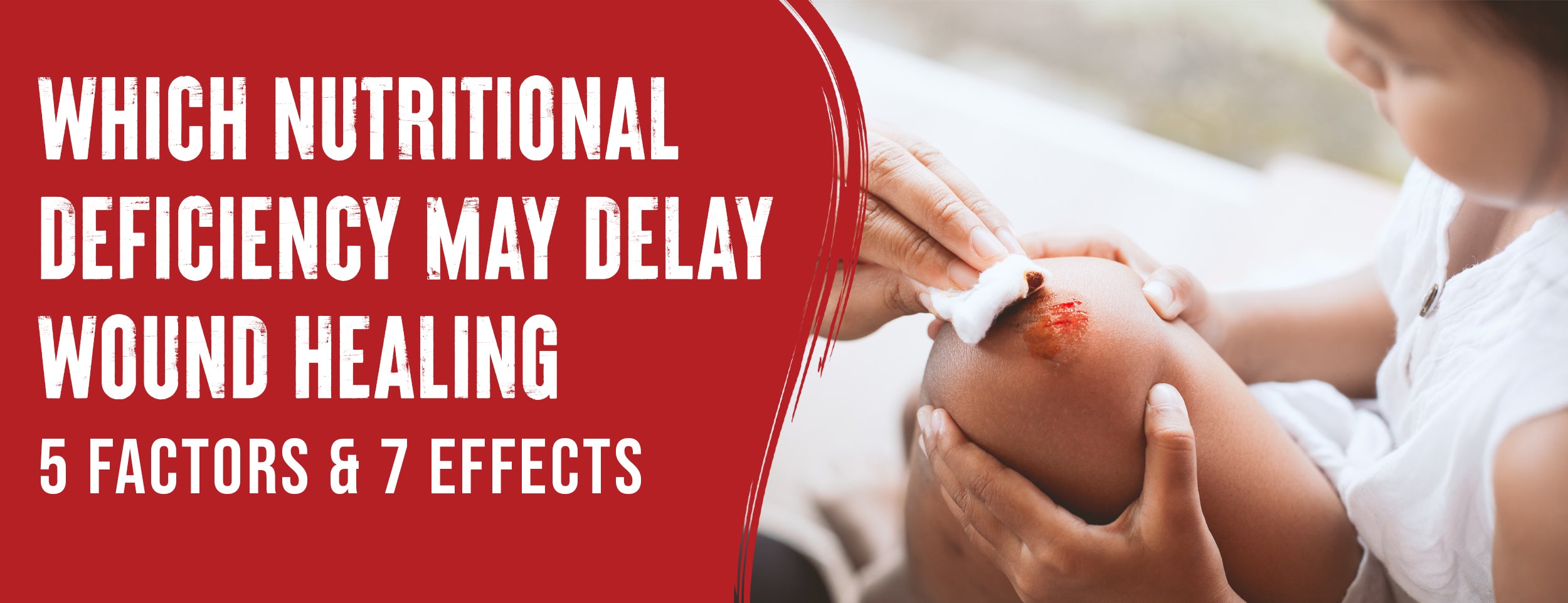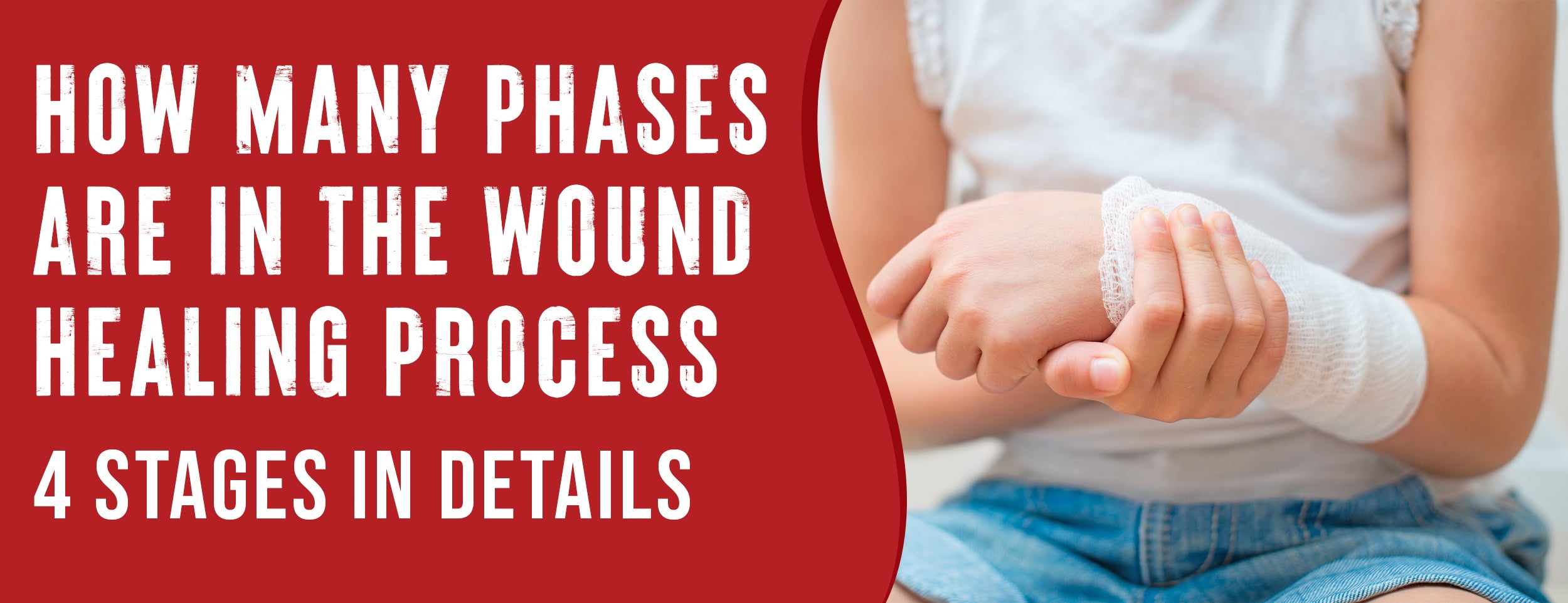Diabetes foot wounds may seem insignificant to some, but they can have serious effects on the health of diabetics. These wounds can quickly become infected and lead to amputation. Timely treatment and appropriate wound management can significantly reduce the risk of severe consequences.
Start by washing the wound thoroughly with saline or clean tap water. Then, apply an antibiotic ointment to keep the wound moist before covering it with a bandage to control drainage and protect it from further harm.
In this blog post, we'll discuss everything you need to know about caring for diabetic foot wounds, including tips for preventing and treating them, and the most effective wound management techniques and products available. So let's dive in and take a closer look at healing diabetic foot wounds.
How To Heal A Diabetic Foot Wound: 6 Techniques

Diabetes foot ulcers are a serious complication that requires careful management. Proper wound care, infection management, and pain management are essential components of the healing process.
Cleaning And Dressing The Wound Care
One of the most critical aspects of diabetic foot ulcer treatment is wound care. Cleaning and dressing the wound is crucial for healing a diabetic foot wound. Wash the wound thoroughly with saline or clean tap water to remove dirt or debris.
Next, apply antibiotic ointment to keep the wound moist and prevent infection. Cover the wound with a bandage to control drainage and protect it from further damage.
Change the bandage every 1-2 days and repeat the process to promote proper healing. Protect the wound with a clean gauze dressing after each application. A wound treated with these steps can heal faster and prevent further complications.
Infection Management: Antibiotics Usage
Infection management for diabetic foot wounds involves using parenteral broad-spectrum antibiotics that have been proven clinically effective. Antibiotics preferable include imipenem/cilastatin, levofloxacin, ciprofloxacin, and third- or fourth-generation cephalosporins. The goal is to prevent the spread of infection and to combat it quickly and effectively.
If gangrene is present, the doctor may need to perform amputation to avoid further complications. Early treatment can prevent serious consequences, including limb loss. Diabetic foot ulcers require careful monitoring and strict adherence to hygiene practices to prevent infection. Diabetes foot wounds can be managed successfully if detected and treated early.

Pain Management - Pain Relief Medication
Diabetic foot wound healing requires pain management. The pain can be relieved with painkillers like ibuprofen, acetaminophen, and naproxen. Medications of prescription strength may be needed if these don't help.
It is essential to consult with a doctor before taking any medication. Pain relief is necessary for patients to participate in dressing changes and offloading wounds. Managing diabetic foot ulcers with pain management can improve patient outcomes, increase compliance, and improve quality of life.
Managing Blood Glucose Levels

A diabetic foot wound must be managed according to blood sugar levels, as high glucose levels impede circulation and prolong healing. Consistent monitoring and control of blood glucose levels through diet, exercise, and medication is necessary to promote optimal healing. Developing and adjusting a personalized management plan requires regular communication with a healthcare provider.
Blood glucose control is improved by maintaining a healthy weight and avoiding smoking. It can prevent complications and recovery from diabetic foot wounds by effectively managing blood glucose levels.
Offloading The Wound - Reducing Pressure on the Wound
Reducing pressure on a diabetic foot wound is crucial for effective healing. Excessive pressure on ulcerated areas can cause further damage and retard recovery. Footwear, such as custom-made shoes, is designed to redistribute weight and relieve stress.Elevating the affected foot can reduce swelling and promote blood flow. The wound will heal more efficiently with appropriate offloading techniques like crutches or a wheelchair. Proper wound care and offloading are essential for diabetic patients to avoid complications such as amputation.
Compression Therapy - Lower Extremity Arterial Disease Management
Compression therapy is a crucial treatment for diabetic foot wounds. Pressure dressings help improve blood circulation and reduce swelling around the affected area by creating constant pressure. The therapy promotes healing by increasing oxygen and nutrients in the tissues.
The pressure is typically applied with a bandage value of 20-40 mmHg, depending on the severity of the wound. Compression therapy can also reduce the risk of infection and prevent the formation of blood clots. A medical professional must properly apply this therapy to ensure its effectiveness.
Preventing Diabetic Wounds: 3 Ways
Preventing diabetic foot wounds requires maintaining proper blood sugar control, wearing well-fitting shoes, and practicing good foot hygiene for healing. The wound must be kept clean, bandaged, and dressed appropriately, and medical attention should be sought immediately if signs of infection appear.
Proper Foot Care Can Reduce the Risk of Diabetic Wounds

Diabetic foot wounds can be prevented with proper foot care, including daily foot inspections and proper hygiene. Here is some information:
- Keeping blood glucose levels tightly controlled can prevent diabetic foot ulcers
- Regularly inspect feet for any cuts, blisters, or sores.
- Avoid walking barefoot and wear proper fitting shoes if you can.
- Clean and keep your feet dry, especially the area between your toes.
- Use moisturizer to prevent cracking and dryness.
- It is best to trim your toenails straight across to avoid ingrown toenails.
- Avoid walking barefoot, even indoors.
- Exercise regularly to increase circulation to the feet.
- Reduced blood flow to your feet is linked to smoking.
- Visit a podiatrist regularly for preventative care and treatment of any issues.
Healthy Lifestyle Prevents Diabetic Wounds
Diabetes, foot wounds, and complications can be prevented by maintaining a healthy lifestyle. Diabetes foot wounds can be prevented by eating a balanced diet, exercising regularly, and monitoring blood glucose levels.
Diabetes patients must also avoid smoking and drinking excessively, which leads to poor circulation and nerve damage, increasing the risk of foot wounds.

Regular foot check-ups can prevent ulcers or wounds from developing
Individuals with diabetes should visit a healthcare professional regularly, especially a podiatrist, to identify potential foot problems before they develop into wounds or ulcers
- Regular check-ups are crucial in preventing diabetic foot wounds.
- It is recommended to have a complete diabetic foot exam at least once a year.
- Those who have had foot problems from diabetes may need more frequent exams.
- Topically applied medications and dressings are used for wound management.
- Normal saline and advanced products are effective in healing foot ulcers.
- Healthcare professionals should monitor diabetic foot ulcers.
- Poorly controlled blood sugar increases the risk of foot ulcers.
- Early detection and management of foot ulcers can prevent complications and amputation.
Conclusion:
Diabetic foot wounds can cause significant complications; managing them promptly and effectively is essential. It is essential to keep the wound clean and dress it regularly, manage the underlying cause, keep the feet elevated, and wear comfortable, well-fitting shoes. Simple steps can prevent further complications of diabetic foot wounds.
You should seek medical attention if the wound does not heal or if you suspect infection. Take care of your feet, and they will take care of you.




